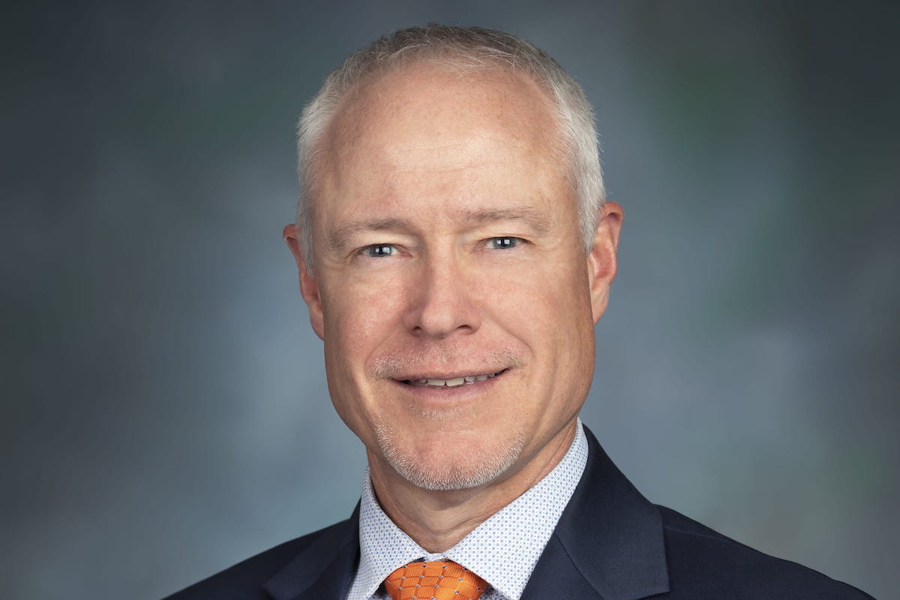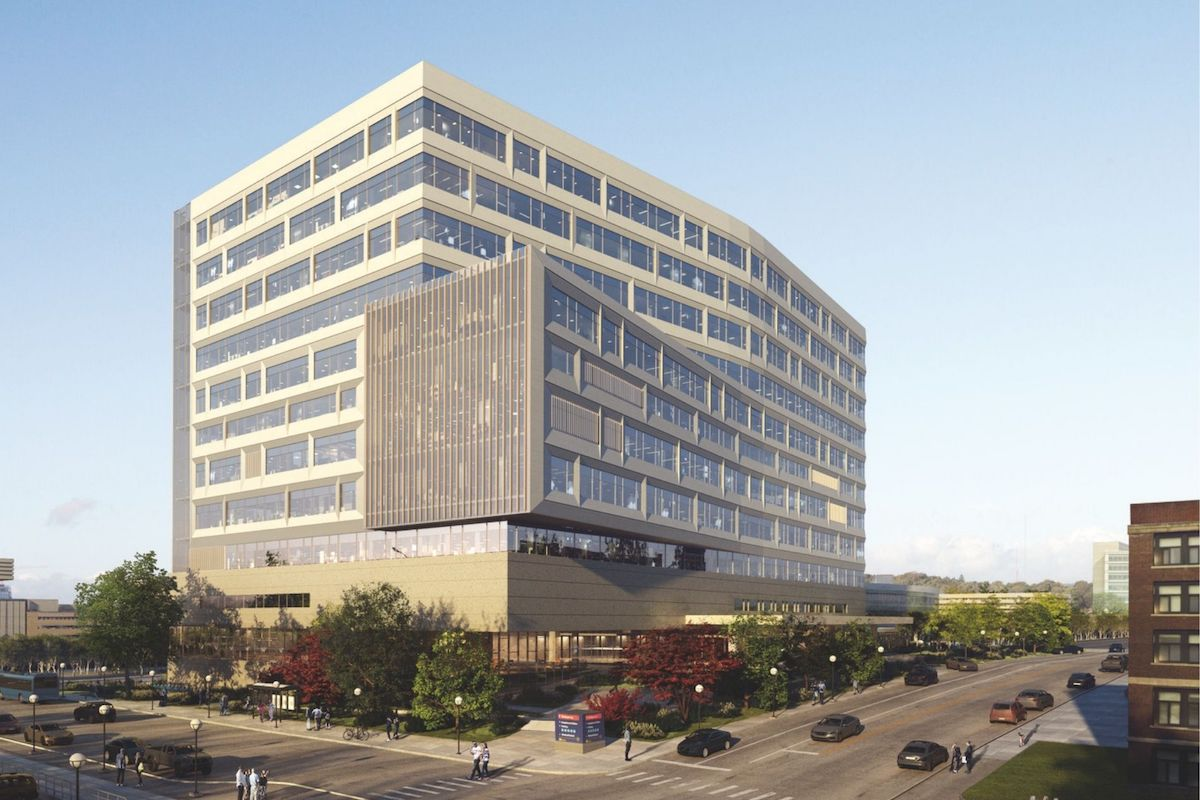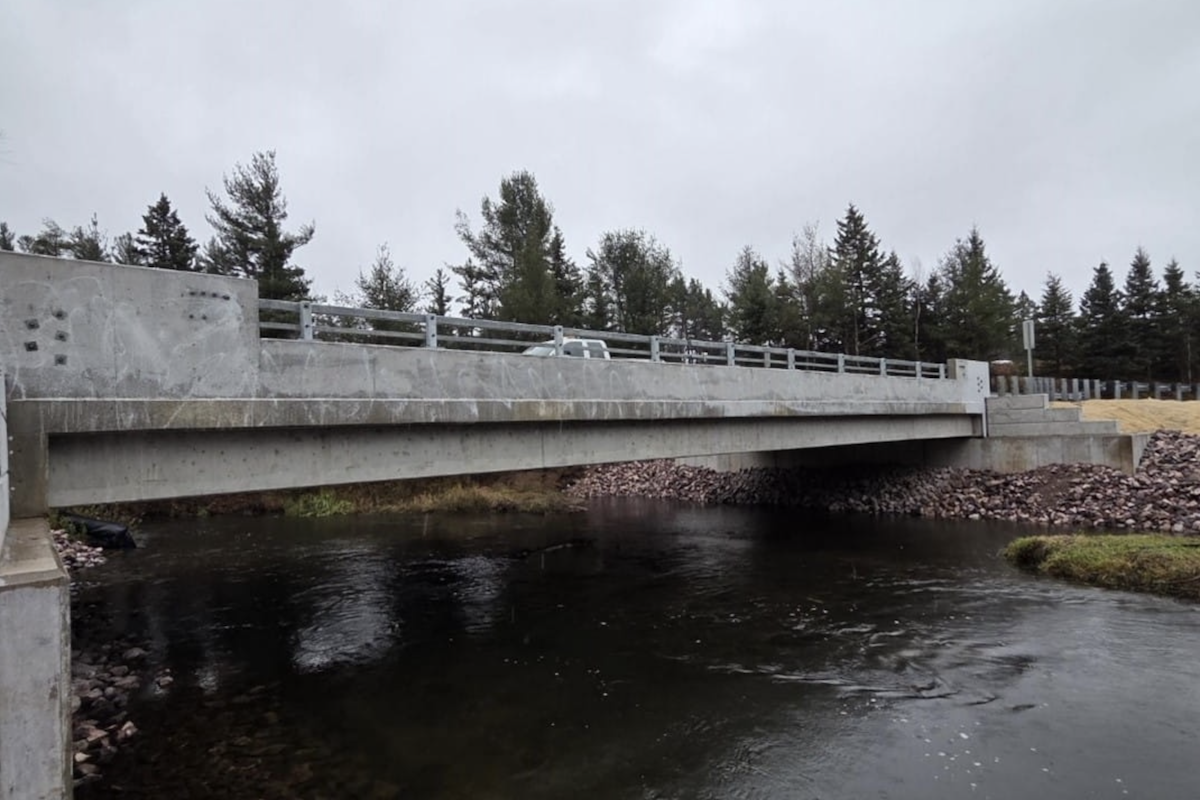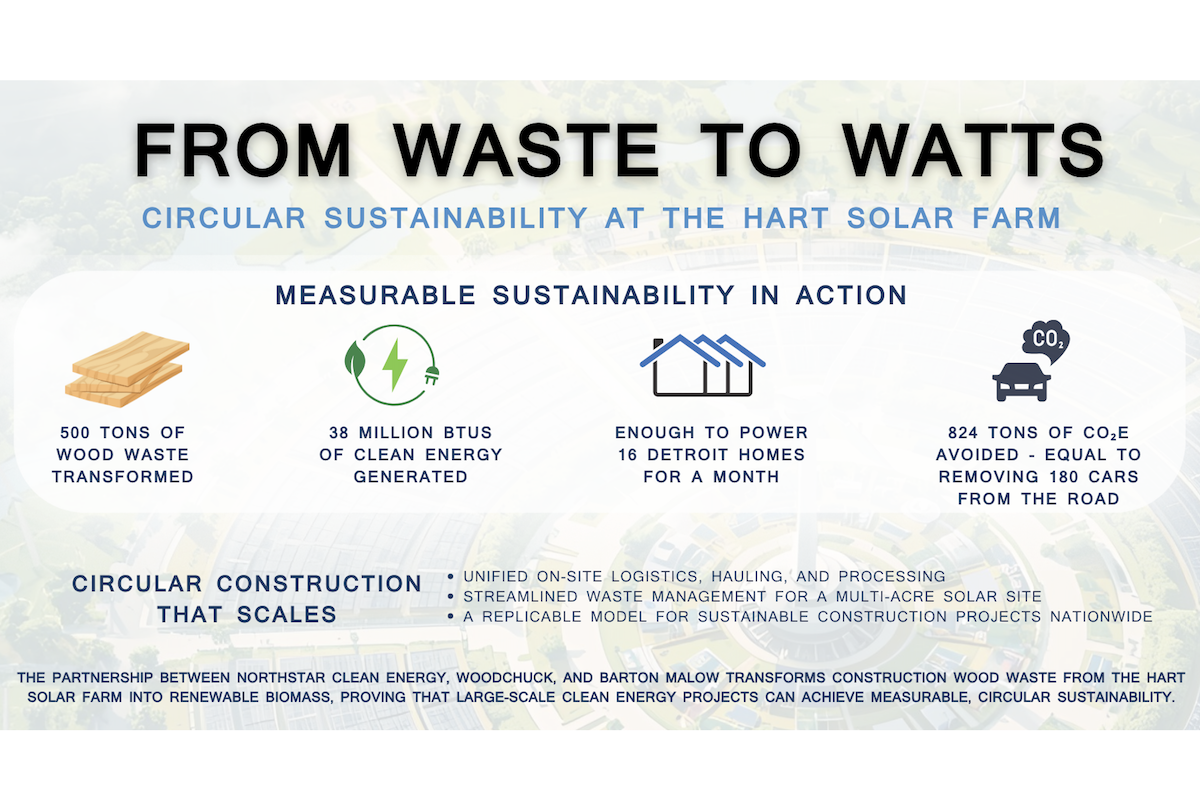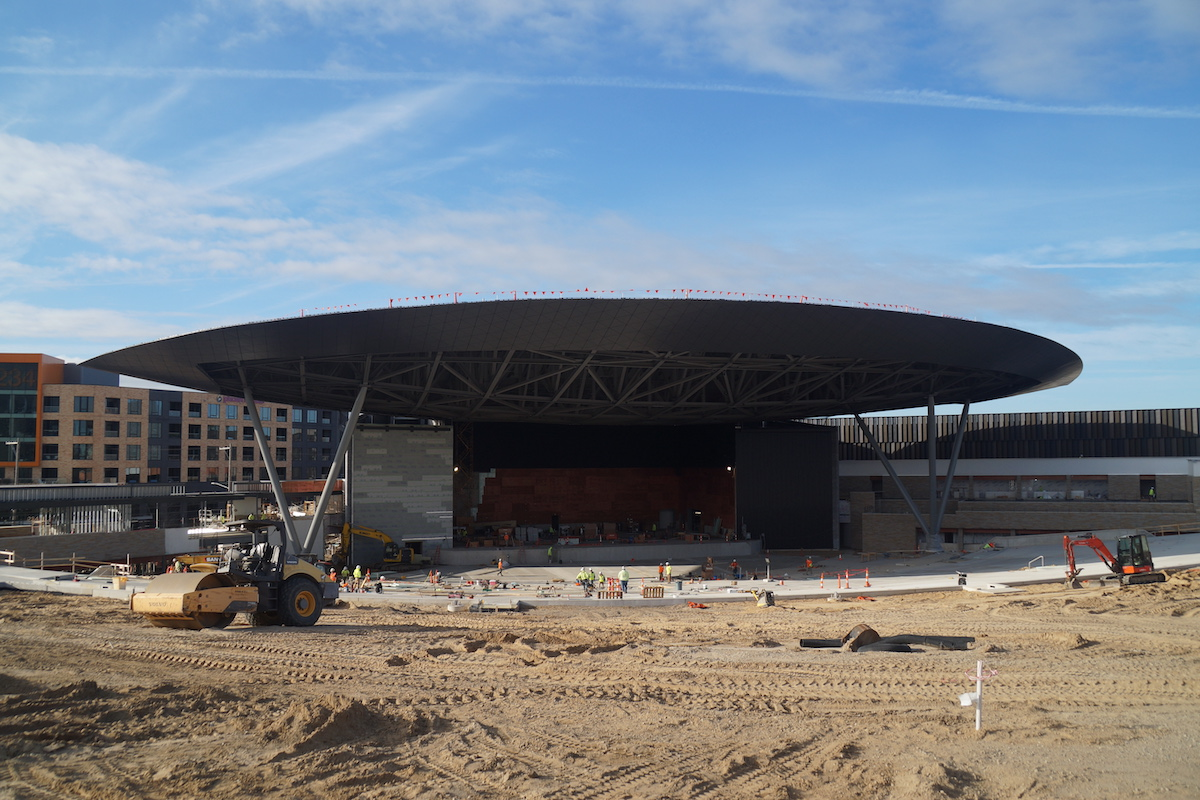To address these issues, the Kansas Department of Transportation (KDOT) is constructing the state's first-ever express lanes project — the U.S. 69 Corridor Modernization and Expansion Project, also known as 69Express. This project includes the construction of a toll lane (express lane) in each direction from 103rd to 151st streets in Overland Park; the replacement of 50-year-old pavement; the building of 11 noise walls; and improvements to the interchanges at College Boulevard, 119th Street, 135th Street, 143rd Street, 167th Street, Blue Valley Parkway, and I-435. As a result of this project, the roadway will be widened from four to six lanes (three lanes in each direction). Interchanges that connect U.S. 69 to the local street network are also being modified. The existing general-purpose lanes will remain toll-free.
“The Overland Park area is growing, and population density is increasing every year,” said Steve Rockers, KDOT Project Manager. “About 90,000 vehicles use the corridor each day. Traffic volume is projected to double, and the time it takes to travel between 179th and 103rd Streets is predicted to grow from about 15 minutes today to 45 minutes or more by 2050. This demand is driven by Overland Park, which is expected to grow to 236,000 people by 2036, a 23.2 percent increase over its 2018 population. Commuters and travelers have grown increasingly frustrated with higher accident rates, growing congestion, and increasing travel times.”
The crash rates along the 69Express corridor surpass the statewide average by 53 percent, and the pavement and bridges along the route are approximately 50 years old and in need of replacement. This poses safety risks, especially in a region experiencing rapid growth.
“We heard all these concerns from the public during our extensive public outreach, prior to this project,” Rockers said. “A series of studies and related projects conducted over the last 25 years identified safety and congestion issues along U.S. 69 as well. Not surprisingly, U.S. 69 improvements were identified as Johnson County’s most important priority during KDOT’s local consult meetings held across the state in 2019.”

| Your local Deere & Co dealer |
|---|
| AIS Construction Equipment |
The project is being constructed by a partnership that includes KDOT; the Kansas Turnpike Authority (KTA); and the City of Overland Park. The primary contractor for this design-build project is US69 Express Constructors, a joint venture between Ames Construction, Inc. and Emery Sapp & Sons. The team also includes the engineering design firms of Parsons Transportation Group and GBA.
“There are over 50 subcontractors and suppliers in addition to the joint venture resources to complete all project elements and meet the federal funding requirements,” Rockers said.
“Final design on Phase 1 [adding a lane in each direction from 151st to 103rd Streets, plus reconstructing the 167th Street Interchange] began in 2022,” said Rob Gullikson, US69 Express Constructors Project Manager. “Some utility movement and survey work was done in late 2022. Major construction officially began in February 2023. Expansion work on U.S. 69, including the new express lanes, will be completed by the end of 2025, and all construction will be completed in 2026.”
According to Gullikson, crews from both firms will grade and excavate approximately 1.1 million cubic yards during the entire construction process. The toll lanes, interchange improvements, paving replacement, and noise walls will total around 700,000 square yards of concrete paving and 250,000 cubic yards of concrete.
The design is now 100 percent complete, as is approximately 25 percent of the bridge work. Significant bridge and interchange work will take place in 2024, along with grading, paving, and utility work.
“Based on the expected growth in the Overland Park area, KDOT wanted to consider an alternative to managing congestion other than just adding additional toll-free lanes,” Rockers said. “... The project team also compared express lanes with other alternatives in terms of engineering and cost — that is, how easily each one can be designed, built, and maintained. Express lanes overall perform better from an engineering and cost standpoint. They require a smaller footprint than traditional widening does. They have fewer right-of-way impacts and displace fewer homes and businesses than just adding general-purpose lanes. As a result, they cost less to build and maintain.”
Express lane breaks are the specific locations where drivers can enter and exit the express toll lanes. The entrances and exits for the 69Express lanes were determined by developing and analyzing a travel demand model for the project.
“The express lanes will have pavement markings to separate them from the general-purpose lanes, except in the specific access locations,” Gullikson said. “The access points between the express lane and the general-purpose lanes will support smooth entrances and exits to and from the express lane. Drivers on southbound U.S 69 can choose to enter the express lane at 103rd Street, followed by an exit to 135th Street, before reaching the end of the express lane at 151st Street. Traveling northbound, drivers can choose to enter the express lane north of 151st Street, with a direct exit to Blue Valley Parkway, then an exit to 119th Street/College/I-435, before reaching the end of the express lane at 103rd Street.”
“Much of the project contains geological rock formations at pond and excavation areas,” Gullikson said. “As such, blasting is utilized where allowed. Early excavations allowed onsite re-use of material rather than haul-off. Other concrete from existing pavement or bridge removals is being recycled and crushed onsite for re-use on the project. The extensive MOT [maintenance of traffic] phasing deployed for the project maintains existing capacities during construction in most instances. Project limits are within several floodplain areas, and special design consideration was utilized to mitigate impact limits.”
Regarding other challenges on the project, Gullikson said that weather-related delays were expected and are regularly assessed through monthly updates against the baseline schedule. Another challenge has been accommodating consistently high traffic volumes while balancing a restricted construction area. Supply chain issues have also posed difficulties. Material agreements were established early in the project's development, and significant procurement timelines were integrated into the schedule.
Gullikson said that the team has dedicated staff for utility relocations. “All impacts were identified early, and to the extent possible, mitigated through design,” he said. “We coordinate all administrative agreements, permits, plans, etc., to oversee the relocations. Some relocations are performed by the joint venture, and others are managed by the facility owners.”
Rockers said that the design-build team has developed a comprehensive strategy to maintain traffic through the corridor during construction. “Much of the work is being done at night to mitigate traffic impacts,” he said. “This approach has kept the need for closures to a minimum and allowed us to keep traffic flowing during construction, particularly during peak-hour travel times. In the few instances where a closure has been necessary, the traveling public has responded well and utilized detour routes.”
A comprehensive communication campaign alerts drivers about all construction closures and developments. Travelers can stay informed about closures by visiting the project website, 69Express.org, and signing up to receive daily text alerts. Major closures are announced to the media beforehand and shared through the project's social media platforms, including Facebook and X. Additionally, KC Scout, the traffic management system for the Kansas City metro area, integrates project closure details into messages displayed on digital signs across the city.
A bi-weekly project newsletter provides significant closure notices, as well as other project information, and members of the public can email the project team with any questions. The project team also hosts virtual and in-person public meetings and meets regularly with home associations and other community groups to provide project updates.
“We thank all the field staff, joint venture partners, KDOT, inspection staff, subcontractors, suppliers, and all others committed to the project’s success,” Rockers said. “The strong relationships and partnership approach among these parties has led to a great start and provides confidence that we’ll be able to share future success stories.”
Photos courtesy of 69 Express





















